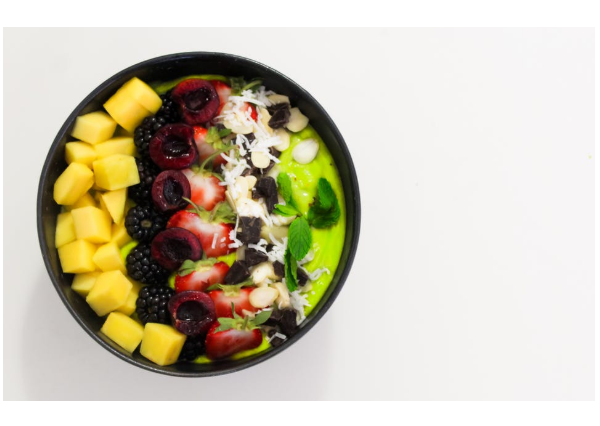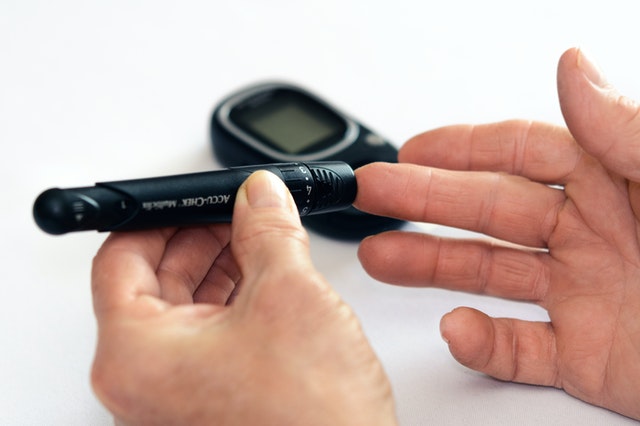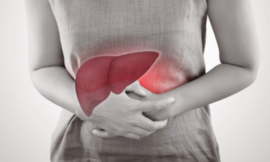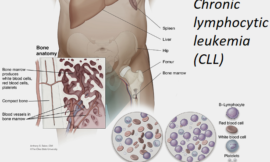Diabetes is a disease that occurs when your blood glucose, also called blood sugar, is too high. The glucose comes in our body from the food we eat. Having too much glucose in the blood leads to health problems. Although diabetes has no cure, the only way is to control the blood sugar at the proper level.
Keeping your blood sugar levels within the range recommended by your doctor can be challenging. That’s because many things make your blood sugar levels change, sometimes unexpectedly. The following are some factors that can affect your blood sugar levels.
When your level stays normal and steady, you lower your chance of problems like vision loss and kidney disease. You also have more energy.
Medicine can help balance your blood sugar. But the foods you eat and how active you are making a difference, too.
Diet

Get into a routine: Eat too much at one sitting and your blood sugar could skyrocket. On the other hand, if you don’t eat enough food, or take in fewer carbs than usual, your glucose level may drop, especially if you take certain diabetes medicines. Some people find it easier to manage their blood sugar if they eat at the same time each day. Talk to your doctor about a meal plan that’s right for you. Once you have it in place, stick with it. You can check the best foods to control diabetes [here]
Healthy eating is a cornerstone of healthy living — with or without diabetes. But if you have diabetes, you need to know how foods affect your blood sugar levels. It’s not only the type of food you eat, but also how much you eat and the combinations of food types you eat.
Count carbs: A key to many diabetes management plans is learning how to count carbohydrates. Carbohydrates often have the biggest impact on your blood sugar levels. For people taking mealtime insulin, it’s important to know the amount of carbohydrates in your food, so you get the proper insulin dose.
Learn what portion size is appropriate for each food type. Simplify your meal planning by writing down portions for foods you eat often. Use measuring cups or a scale to ensure proper portion size and an accurate carbohydrate count.
Make every meal well balanced:
As much as possible, plan for every meal to have a good mix of starches, fruits and vegetables, proteins, and fats. Pay attention to the types of carbohydrates you choose.
Some carbohydrates, such as fruits, vegetables and whole grains, are better for you than others. These foods are low in carbohydrates and have fiber that helps keep your blood sugar levels more stable. Talk to your doctor, nurse or dietitian about the best food choices and the appropriate balance of food types.
Keep a water bottle handy: Not having enough fluid in your body can wreak havoc on your blood sugar levels. Choose water to quench your thirst instead of juice or soda.
Coordinate your meals and medications: Too little food in proportion to your diabetes medications — especially insulin — may result in dangerously low blood sugar (hypoglycemia). Too much food may cause your blood sugar level to climb too high (hyperglycemia). Talk to your diabetes health care team about how to best coordinate meal and medication schedules.
Avoid sugar-sweetened beverages:
Sugar-sweetened beverages tend to be high in calories and offer little nutrition. And because they cause blood sugar to rise quickly, it’s best to avoid these types of drinks if you have diabetes.
The exception is if you are experiencing a low blood sugar level. Sugar-sweetened beverages, such as soda, juice and sports drinks can be used as an effective treatment for quickly raising blood sugar that is too low.
Exercise

Physical activity is another important part of your diabetes management plan. When you exercise, your muscles use sugar (glucose) for energy. Regular physical activity also helps your body use insulin more efficiently.
Check your blood sugar level: Check your blood sugar level before, during and after exercise, especially if you take insulin or medications that lower blood sugar. Exercise can lower your blood sugar levels even up to a day later, especially if the activity is new to you, or if you’re exercising at a more intense level. Be aware of warning signs of low blood sugar, such as feeling shaky, weak, tired, hungry, lightheaded, irritable, anxious or confused.
Make it part of your routine: Being active makes your body more sensitive to insulin. That helps your blood sugar stay steady. Once your doctor gives you the OK, try an aerobic workout that gets your heart pumping, like walking or biking. Your goal should be 30 minutes, 5 days a week. But even 5 minutes is a good start. When you’re ready, add resistance training. This strengthens your muscles, where most blood glucose is stored.
Fight the post-meal crash: An easy workout, like a 10-15 minute walk after a meal, can keep your blood sugar from spiking. More blood gets sent to your muscles instead of your stomach. That means you take in sugars better. Instead of turning on the TV after you eat, clear the kitchen table and wash the dishes or take a walk around the block.
Listen to your body: Exercise can affect your blood sugar for 24 to 48 hours. That makes it a good idea to check your glucose after each workout. It’ll help you tune into how your body reacts when you’re active. You may start to notice other patterns that can help you control your blood sugar better.
Stress

If you’re stressed, the hormones your body produces in response to prolonged stress may cause a rise in your blood sugar level. Additionally, it may be harder to closely follow your usual diabetes management routine if you’re under a lot of extra pressure.
Look for patterns: Log your stress level on a scale of 1 to 10 each time you log your blood sugar level. A pattern may soon emerge.
Take control: Once you know how stress affects your blood sugar level, fight back. Learn relaxation techniques, prioritize your tasks and set limits. Whenever possible, avoid common stressors. Exercise can often help relieve stress and lower your blood sugar level.
Get help: Learn new strategies for coping with stress. You may find that working with a psychologist or clinical social worker can help you identify stressors, solve stressful problems or learn new coping skills.
You can check the 10 Best Foods to Fight Stress.
Alcohol

The liver normally releases stored sugar to counteract falling blood sugar levels. But if your liver is busy metabolizing alcohol, your blood sugar level may not get the boost it needs from your liver. Alcohol can result in low blood sugar shortly after you drink it and for as long as 24 hours afterward.
Don’t drink alcoholic beverages on an empty stomach: If you take insulin or other diabetes medications, be sure to eat before you drink, or drink with a meal to prevent low blood sugar.
Choose your drinks carefully: Light beer and dry wines have fewer calories and carbohydrates than do other alcoholic drinks. If you prefer mixed drinks, sugar-free mixers, such as diet soda, diet tonic, club soda or seltzer — won’t raise your blood sugar.
Tally your calories: Remember to include the calories from any alcohol you drink in your daily calorie count. Ask your doctor or dietitian how to incorporate calories and carbohydrates from alcoholic drinks into your diet plan.
Medication for blood sugar also help to balance glucose level, the above tips are natural way to control blood sugar with out any side effects.





